

Where Are Bangladesh's Digital Consumers?

Newsletter
Waiz Rahim is a Venture Partner at Sturgeon Capital, a London-based venture capital firm investing in Bangladesh, Central Asia, Egypt, Pakistan, and adjacent markets.
Over the last 8 years I’ve seen these two facts in almost every single deck I’ve come across:
- Bangladesh has 170m people (8th largest in the world)
- BCG forecasts on how the Middle Affluent Consumers (MAC) segment will grow from 12m in 2015 to 34m by 2025
In fact, it was the central theme on my own deck when I had raised $2.5m in venture funding for Deligram between 2017- 2018. Over this past year, since I’ve joined Sturgeon Capital as their Venture Partner for Bangladesh, I still see these two figures in almost every deck I come across.
We’re 13 months away from 2025 and one might wonder where those 34m MAC consumers are that BCG forecasted we’d have back in 2015. While this article isn’t meant to be a criticism of a forecast made a decade ago, answering that question does provide insights into today’s consumer ecosystem in Bangladesh. While the actual size of the consumer market & their respective disposable incomes can be hard to decipher, one conclusion that’s easier to draw is that a big portion of this consumer base has not yet joined the digital economy.
We’ve written before about why we think technology is the right investment strategy for Bangladesh, as well as assessed the consumer opportunity in Pakistan and Uzbekistan. While a population base in Bangladesh of 170m people is definitely a large market, once you factor in smartphone penetration & internet adoption (the two critical ingredients for a digital economy before we get to disposable income), the market becomes significantly smaller.
Between 2015 till now, smartphone usage has increased from maybe about 25-30m users to more than 60-70m unique users. Investments in local assembly of smartphones have driven down prices and made smartphones accessible to a large segment of the population. At current growth rates, the country is expected to have over 100m unique users within the next 3-5 years.
While neighbouring India has had its ‘Jio moment’ over the last decade, mobile broadband internet adoption still lags behind in Bangladesh. BTRC data claims over 130m internet users, but if you dig deep enough into the fine print you’ll realize that their definition of an internet user is ‘anyone who has used 125kb of data in the last 90 days.’ There’s no clear data on how many Monthly Active Users there are who consume at least 1GB of data (the basic minimum to consider someone a “digitally native consumer”) but by back calculating from publicly listed telcos we can come to a figure of about 25-30m who fall into that category. Still significant, but still shy of the 50-100m digital consumers we were hoping to see by 2025.
Thus, if you think of the intersection of consumers who have disposable incomes, a smartphone and are digitally native, the current market size seems to be closer to 15-25m people. The primary limit here is disposable incomes.
.jpg)
While numbers on smartphones & internet users are quantifiable, it’s nearly impossible to get a more detailed idea on the numeric breakdown of the actual size of the various incomes/consuming cohorts in Bangladesh.
BCG’s 2015 report on the growing consumer market in Bangladesh unfortunately clubs both “established” (household monthly incomes between $401 to $650) & “affluent” (household incomes greater than $650) into one cohort named “Middle-affluent consumers (MAC).” Bangladesh Bureau of Statistics’ (BBS) latest household income survey only shares household income distribution by decile, leaving us with the approximate spread of the 2nd top 10% (about 17m people) with an average monthly household income of $430 and the top 10% (another 17m people) with an average monthly household income of $1,200. This forces us to go off of comparables and inferences rather than depending on GDP per capita or other household income distribution data.
The largest mobile financial service (MFS) backed by global investors has about 70m registered users (online & offline) but only about 2-2.5m monthly active transacting users on their app (for online payments). Not to be confused with their main use-case, which is P2P send-money transactions, which has about 40m active users across their app & USSD interface. Meanwhile, Bangladesh’s largest food delivery app has about 750-800k monthly active transacting users & the largest ride-hailing app has about 1.5-2m MAUs.
While these three examples only highlight a small sample size - it begs the question that if you’re not ordering in food via an app, or you’re not using an app-based ride hailing platform, nor are you paying using the country’s largest MFS/wallet at least once in 3 months - are you really a digitally native consumer?
These examples above highlight that only 4-8m users (assuming a 90-day active customer cohort) out of the 25-35m segment are currently part of the digital economy. It will likely take another 5-8 years for this digitally native consumer base to grow to 25-40m people, assuming a 15-25% CAGR. This growth will be driven by:
- Drastic increase in discretionary spending of the top 5% of households (8.5m people)
- Lifestyle changes of the top 20% of households (34m people)
- Overall increase in digital commerce penetration due to increase in smartphone & internet adoption amongst the top 50% of households (85m people)
So how does the above information help us set our strategy for the Bangladesh market?
Setting expectations of current market size & future TAM within the next 5-10 years
If you come into the ecosystem looking at the $5 cappuccinos & $40 dinners around Gulshan (the diplomatic/expat neighbourhood) and assume that the rest of the 34m “MAC” consumers will act and consume the same way – you're off to the wrong start. But if your investment or startup’s thesis realistically identifies the current market to be 2-5m users which will grow to 10-15m users over the next 5 years, you might be off to a better start. This growth could be because of an increase in digital commerce penetration, an overall increase in the size of the consumer market and an increase in the consumption per user.
Take for example, Sturgeon’s first investment in Bangladesh – GoZayaan, a leading Online Travel Agency (OTA). Since we’ve come onboard as investors nearly 12 months ago, the company’s monthly transacting users have grown by 55% & repeat customers are spending on average 15% higher than a year ago. International air travel in Bangladesh has increased from 9m passengers per year last year to more than 12m this year. Stretching the existing airport infrastructure to its limit as it has a capacity to only handle 8m passengers per year, that is until the new airport terminal kicks into operation any month now tripling existing passenger handling capacity.
Focusing on necessities vs discretionary spending
The BBS household data survey also showed something not quite as exciting – that the monthly expenditure of the average household is almost equal to the income, leaving a negligible amount for either savings or discretionary spending. A business such as D2C brands focused on discretionary spending may have to only focus on the top 5% of households which is an addressable market of 2-8m people. But if you can provide a necessity through a better customer experience or lower price, you can tap into an addressable market of 40–70m people.
This could be similar to how DealCart is utilizing group buying in Pakistan to effectively save 20% on household spending on necessities. The company has already grown to 30-50% of their customers’ household spending within a few months of launching. Startups focusing on providing affordable transportation, groceries, healthcare and education through the use of technology have significant upsides in capturing a large consumer segment that’s as large as the entire population of the UK.
But that doesn’t mean there isn’t an opportunity for aspirational brands & lifestyle companies to build significant & solid businesses. Sturgeon’s second investment in Bangladesh is a beauty & personal care eCommerce platform named Shajgoj – with amazing private label brands, a sticky repeat consumer base & huge upside for growth over the next decade, Shajgoj is one of the few eCommerce companies which are operationally profitable and continuing to grow every quarter.
Conclusions
Over the last few decades, Bangladesh has achieved what very few developing countries have been able to do in such a brief period of time. Primarily attributed to a global working diaspora, millions of women gaining employment in the apparel industry and a rising domestic consumer market that is projected to the 9th largest in the world by 2030.
For many years, the Bangladesh opportunity was overshadowed by its neighbor India with 1.4Bn people. While to the east, it never quite fit into the ASEAN growth regions despite higher GDP growth rates. But with a population density that is 3x greater than India and a middle income consumer base that concentrated primarily in just two cities, the opportunity for businesses to scale up rapidly with minimal customer acquisition cost is massive.

While 2015 might have been too early, by 2030 the opportunity to invest in the highest growth period of digital adoption will have passed. Capital efficient business models that understand and incorporate the realities on the ground as they are today and as they will develop over the next 5-10 years will deliver the types of returns that early venture investors in emerging markets should be targeting and expect.
.jpg)



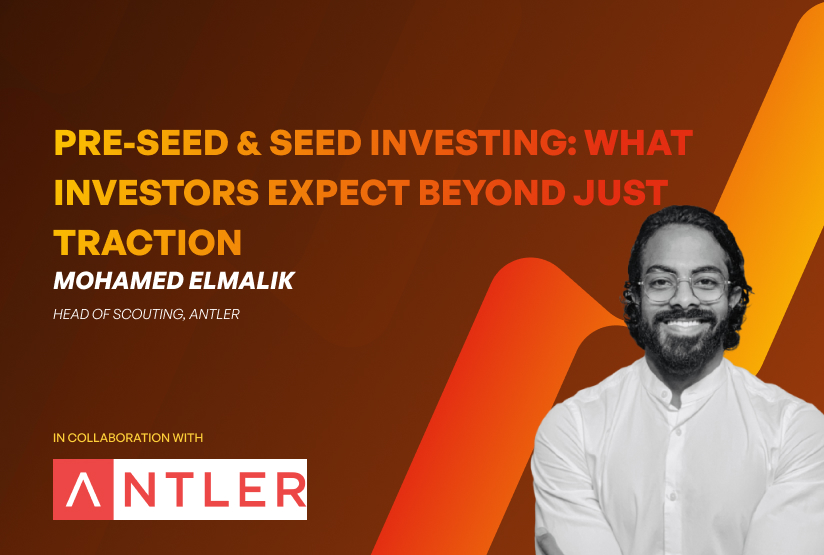
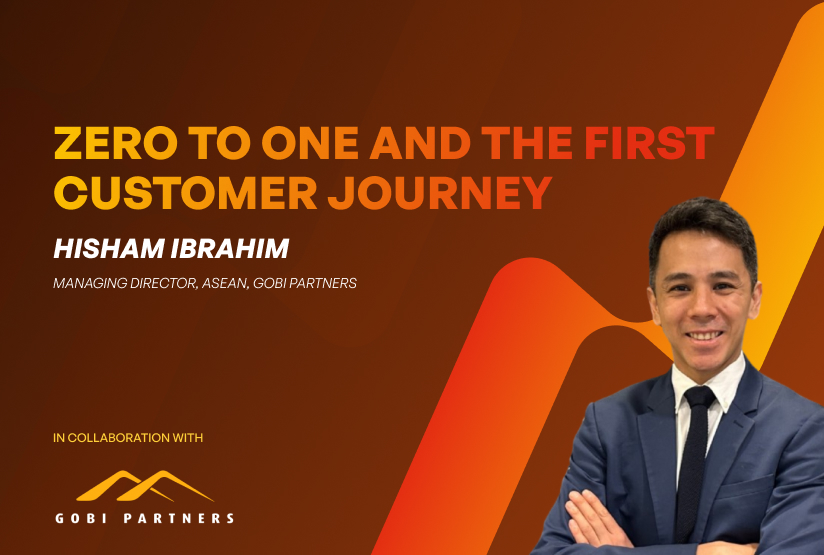
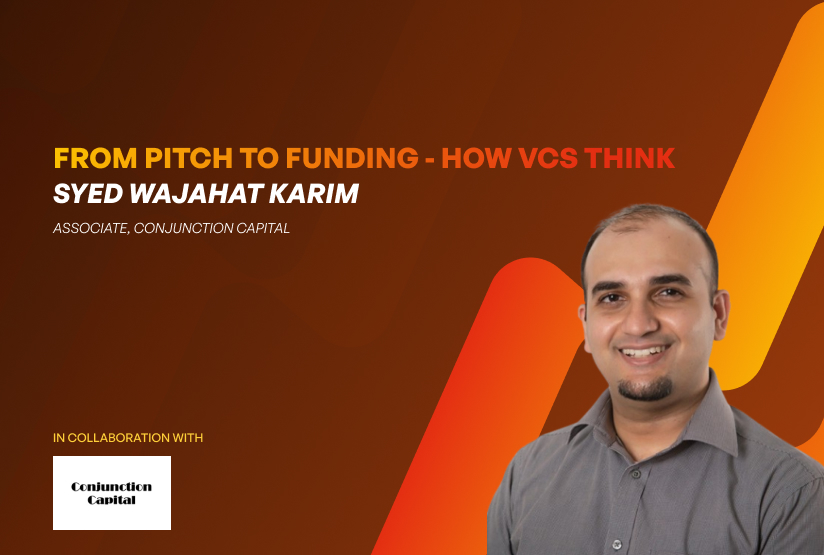


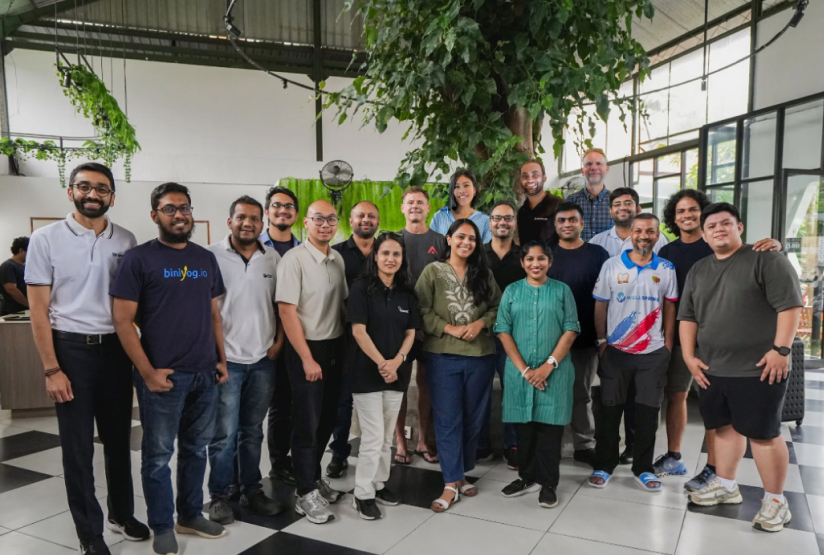
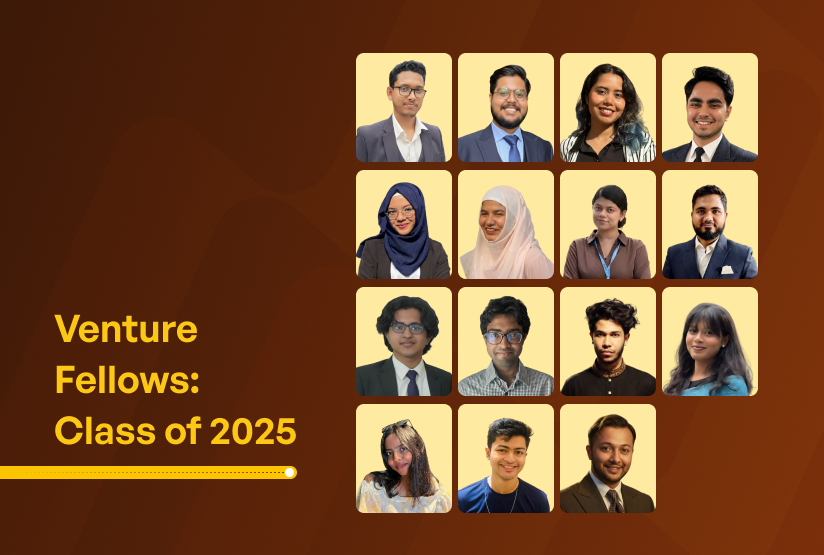



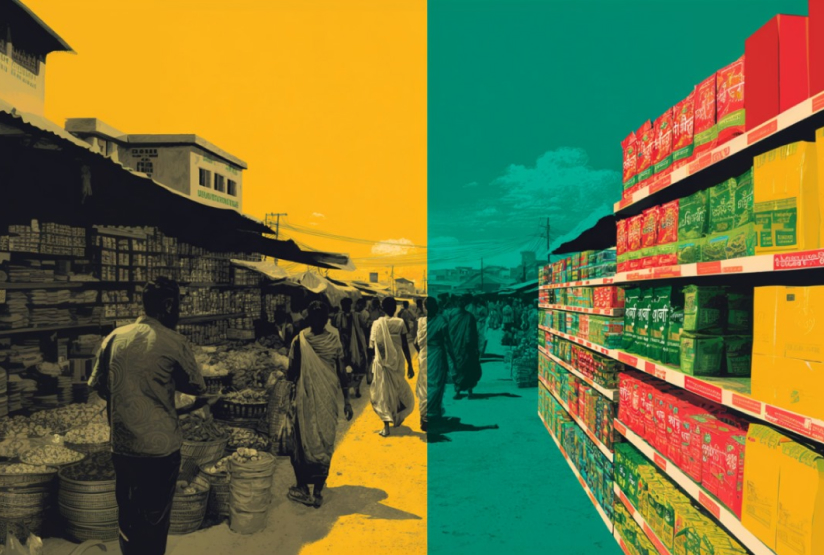






.jpg)
.jpg)





.jpeg)



.jpg)


















.jpg)


.jpg)
.jpg)

.jpg)
.jpg)


















.jpeg)











..jpg)
..jpg)



.jpg)






